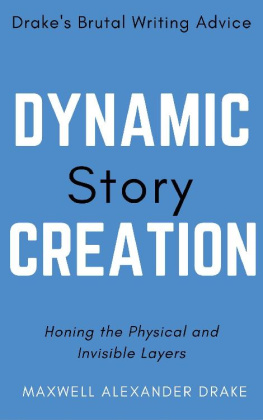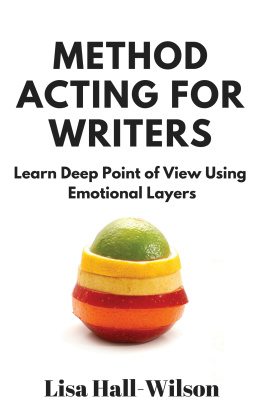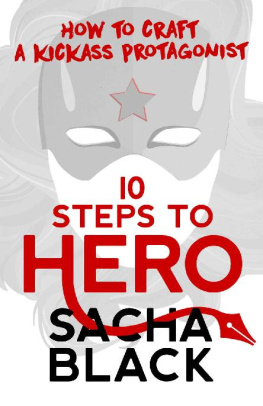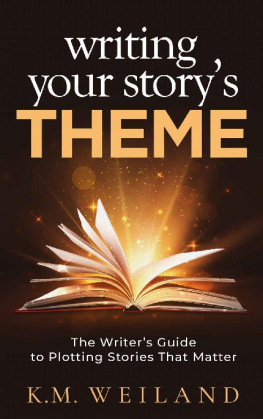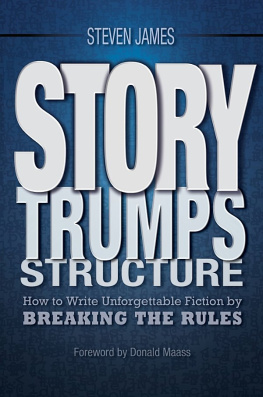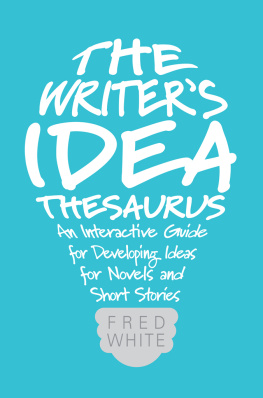


This is the work of a MadMan. All the characters, thoughts, ideas, and events portrayed in this novel are either fictitious, used fictitiously, are deranged ramblings, or fall under U.S. parody law.
THIS BOOK IS PUBLISHED BY
Drake U
and imprint of
Imagined Interprises, Inc.
by Maxwell Alexander Drake
All rights reserved. No part of this publication may be reproduced, distributed, or transmitted in any form or by any means, including photocopying, recording, or other electronic or mechanical methods, without the prior written permission of the publisher, except in the case of brief quotations embodied in critical reviews and certain other noncommercial uses permitted by copyright law. For permission requests, write to the publisher, addressed Attention: Permissions Coordinator, at the address below.
Proof Editors - Buzz Clore, Stephan McLeroy,
Greg Laurich, Dylan Birtolo, and Lorraine Stalians
Cover Title Art by
C.E.Rocco
Published in the United States by
Imagined Interprises, Inc.
www.ImaginedInterprises.com
6955 N. Durango Dr. Suite. 1115-391
Las Vegas, NV 89149
ISBN: 978-1-936525-72-0 (Kindle Edition)
First Edition: July 2016
Library of Congress Cataloging-in-Publication Data
Available upon Request
T his book is dedicated to all the dreamers out there who desire nothing more than to have their names on a published book. Stop puking words on a page, and start treating writing with the respect it deserves!
Drake
Table of Contents
ACT I
The Mindset of a Writer
Read Me
Disclaimer
Chapter One - The Industry
Introduction
Expectations
Learn the Craft
Breaking Into the Publishing Industry
Notes About this Book
Putting it all Together
Chapter Two - Diagnosis of a Good Story
Why do YOU Want to Write?
Story Creation is All About the Reader
Plot = Events Story
A Character is a Shell for the Reader
Understanding the Reader
Putting it all Together
Chapter Three - The Basics of Story Structure
Story Structure - The Multi-Faceted Jewel
The Character Driven Story
The Event Driven Story
The Objective Driven Story
Inside the Mind of an Academic
Spaghetti
The Basic Plot Arc
A Basic Scene Arc
Putting it all Together
Chapter Four - Loose Ends
Two Types of Writers
Can Structure Limit Creativity?
Putting it all Together
ACT II
The Invisible Layer
Chapter Five - The Code Behind A Story
Genre & Setting
Themes and Subjects Are Not the Same
Theme
Theme - Their Function
Theme - The Invisible Element
Theme - A Fact within the Story
Theme - The Authors Belief
Theme - The Readers Belief
Theme - The Universal Element
Theme - Limited by Nature
Theme - Wrap-up
Major & Minor Themes
The Emotional Impact of Themes
A Theme isnt a Question, its Two Opposing Answers
The Protag & Antag do not always Answer the Theme
Happy Ending, or Tragedy
Conflict - Its More than just a Word
Motif
Symbolism
Symbolism Supporting the Theme
Putting it all Together
ACT III
The Physical Layer
The Invisible Layer - A Lesson Recap
Chapter Six - Theories of the Physical Layer
The Cycle of a Protagonist
Beginning State of the Story
Setting Benchmarks
Loss - The Currency used to Purchase a Readers Love
Motivation - The Driving Force of the Protagonist
Transformation - The Delivery Guy of the Theme
Side Note: The Anchor
The Two Most Important Questions Youll Ever Ask
Reversals
Putting it All Together
Chapter Seven - Acts
The 2/3/5 Act Play Structures
Chapter Eight - Structure in Action
The Heros Journey
The Setup - ACT I of the 3-Act Structure
Creating the EveryMan
The Call to Adventure
Refusal of the Call
The Outside Aid
Moving to the State of Imperfection
Transforming the Protagonist - ACT II of the 3-Act Structure
For Love and Honor
Two Halves Make a Whole
Facing the Conflict
Temptation
The Whiff of Death
The Ultimate Boon
The Climax - ACT III of a 3-Act Structure
Refusal of the Return
All Hope is Lost
Rescue from Without
Master of Two Worlds
The New Hero
Putting it All Together
And Now, Its Your Turn
Writing is a demanding profession, and a selfish one. And because it is selfish and demanding, because it is compulsive and exacting, I didnt embrace it, I succumbed to it.
Rod Serling 1924 1975
( The Twilight Zone )
Read Me
No, Seriously, Read Me
T hrough the pages of this tome were going to discuss story creation in detail, and by the end, youll hopefully have enough tools at your disposal to create Dynamic Stories. However, this isnt just a book about plotting its so much more.
This is a book on the mindset of being a creative writer of creating stories. Its about the theories story creators should know and understand so they can create stories people want to read.
If youre looking for a step-by-step guide on how to create stories, as in: Step One do this. Step Two do that, youve picked up the wrong book, my friend.
Worse, if thats the type of book youre looking for, then in my opinion, youre an idiot. Please feel free to take offense to that.
I really hate all the books on the market today that make the claim that if you simply follow some magic formulaic system youll be the next New York Times Bestselling Author. Thats bullshit.
While Ill agree there are many elements to story creation that are exactly the same from one story to another, creating a story is so much more than some static formula. Its learning and understanding all the different theories concerning story creation everything from English, Grammar, Structure, and Story Theory, to discovering new and exciting ways to communicate with the human soul and then juggling all these abstract concepts simultaneously while attempting to organize a jumble of words into sentences and paragraphs that will hopefully resemble something akin to a novel.
Its this amalgam of chaos that has caused me much grief in trying to figure out how to write this book. I mean, where do I start discussing Dynamic Story Creation when a writer needs to know all of it before any of it makes sense?
To that end, Ive attempted to layer the information presented in this book in such a manner as to build upon all that came before. Therell be times where you may feel Im rambling. I assure you, Im not. Well, I probably am. I do like to ramble. But I digress.
I see three distinct parts of story creation.
- What you need to know before you begin creating stories. This is what I call the Mindset of a Writer , and ACT I of this book is dedicated to passing on my thoughts and theories concerning this topic.
- The underlying code thats in a story, but the reader doesnt actually read. This is what I call the I nvisible Layer , and ACT II will be dedicated to passing along my thoughts and theories of this mystical and illusive topic.
- Finally, the stuff reader reads. (Characters, Setting, Events, Conflicts, etc.) This is what I call the P hysical Layer , and ACT III will be dedicated to tackling this topic.
Next page
